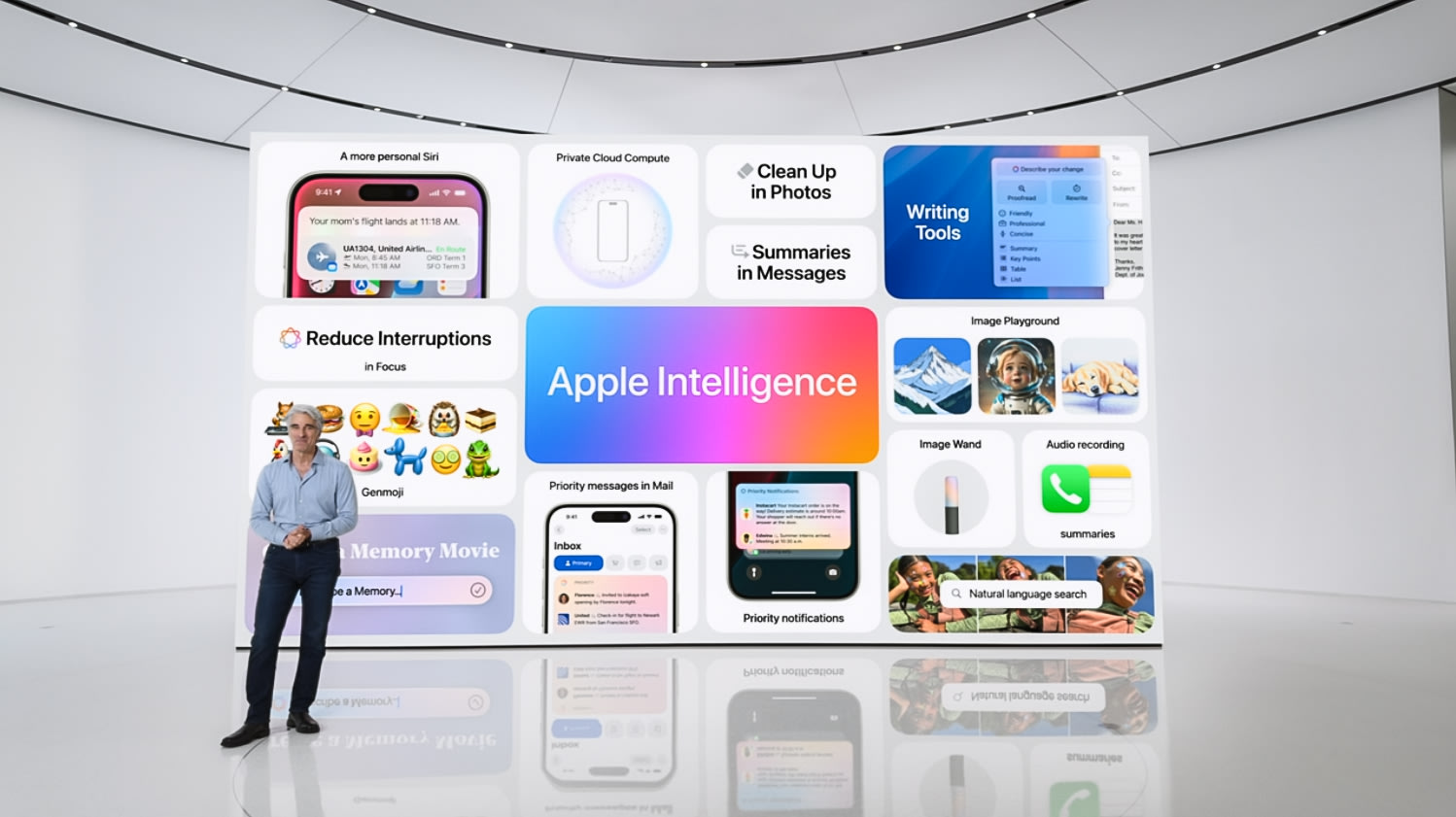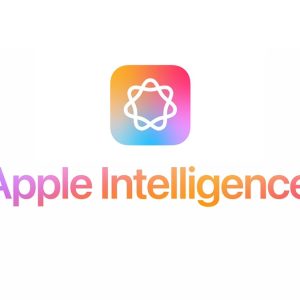Understanding Apple’s Basic Server Design
Apple’s decision to maintain basic server architecture stands in stark contrast to many tech giants that invest heavily in complex server networks. The company’s Apple Intelligence servers are a key component in its broader cloud and AI strategy. While companies like Google and Microsoft have advanced server networks with custom hardware to optimize AI and machine learning tasks, Apple opts for simplicity.
Craig Federighi’s statement about Apple’s “really basic” servers reveals a philosophical difference in how the company approaches backend infrastructure. Unlike competitors that focus on maximizing server-side computing power, Apple’s strategy aligns more closely with user privacy and device-centric processing. This could imply that Apple prefers to offload as much processing as possible to user devices, keeping only necessary functions server-side.

The Philosophy Behind Apple’s “Basic” Servers
Apple has always emphasized privacy and on-device processing. This approach allows for computations, especially those related to machine learning, to occur locally on devices such as iPhones, iPads, and Macs. The Apple Intelligence servers, therefore, serve more as a support system rather than the backbone of Apple’s computational capabilities. This is evident in the way Apple utilizes its neural engines within devices to handle AI tasks, reducing the reliance on powerful servers.
Apple’s commitment to user privacy is also a major reason for maintaining simpler server architecture. More complex server networks often require massive data sets to train and optimize AI models. Apple’s decision to have “basic” Apple Intelligence servers reflects a conscious choice to avoid storing large amounts of user data. Instead, the company aims to handle data locally, minimizing the risk of breaches and enhancing user trust.

How Apple’s Server Simplicity Impacts the User Experience
By keeping its Apple Intelligence servers basic, Apple focuses on creating lightweight cloud services. Instead of deeply integrated cloud computing, the company leverages a more distributed model, using its powerful devices to perform tasks that would traditionally require server-side computation. This strategy could potentially reduce latency, making user experiences smoother and faster.
With a “basic” server model, Apple can allocate resources more effectively, focusing on areas like device innovation and user-facing software improvements. The simplicity of Apple Intelligence servers means less expenditure on maintaining and upgrading massive server farms. Consequently, Apple can invest more in research and development for its A-series and M-series chips, optimizing on-device performance to a greater extent.
While Google, Amazon, and Microsoft continue to pour billions into AI and cloud server capabilities, Apple’s more conservative server approach sets it apart. The “basic” Apple Intelligence servers might limit some advanced AI functionalities, but they also align well with Apple’s brand identity centered around privacy, simplicity, and user control.

A simpler server network does not necessarily mean Apple lacks scalability. The company’s “basic” servers could serve as a foundation upon which more complex layers could be built, as needed. The Apple Intelligence network is flexible enough to adapt and expand, should future demands call for it.
Future Prospects for Apple Intelligence Servers
As Apple continues to grow its capabilities in AI and machine learning, the company may adopt a hybrid model that combines both advanced and basic servers. This would enable Apple to retain its privacy-focused, device-centric approach while providing more sophisticated cloud-based services for advanced tasks.
The role of Apple Intelligence servers in machine learning is another area worth exploring. Apple’s approach to on-device intelligence may evolve, requiring a shift in its current server strategy. Integrating more advanced machine learning models into Apple’s existing server network could pave the way for new features and enhanced user experiences.
Apple’s decision to maintain “basic” Apple Intelligence servers is a strategic move aligned with its broader goals of user privacy, security, and device-centric innovation. As the tech industry increasingly focuses on cloud and AI services, Apple stands apart with its unique approach, which prioritizes simplicity and efficiency. While it may seem like a risk to avoid the complexity embraced by competitors, Apple’s method ensures a distinct and consistent brand identity, catering to a user base that values privacy and seamless integration.

As Apple continues to refine its strategy, the Apple Intelligence servers will likely remain a vital, albeit understated, component of its network infrastructure. This approach will help Apple to balance innovation, user privacy, and competitive differentiation in an ever-evolving tech landscape.













